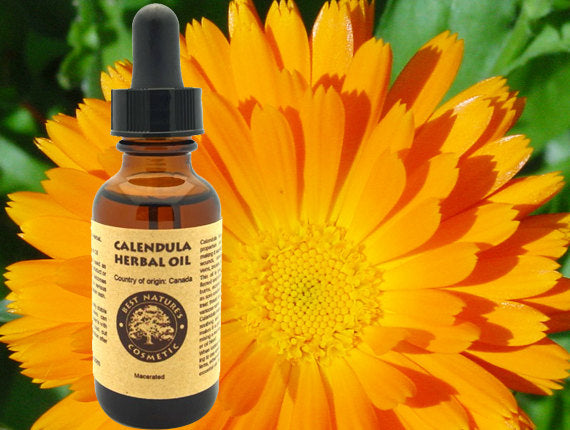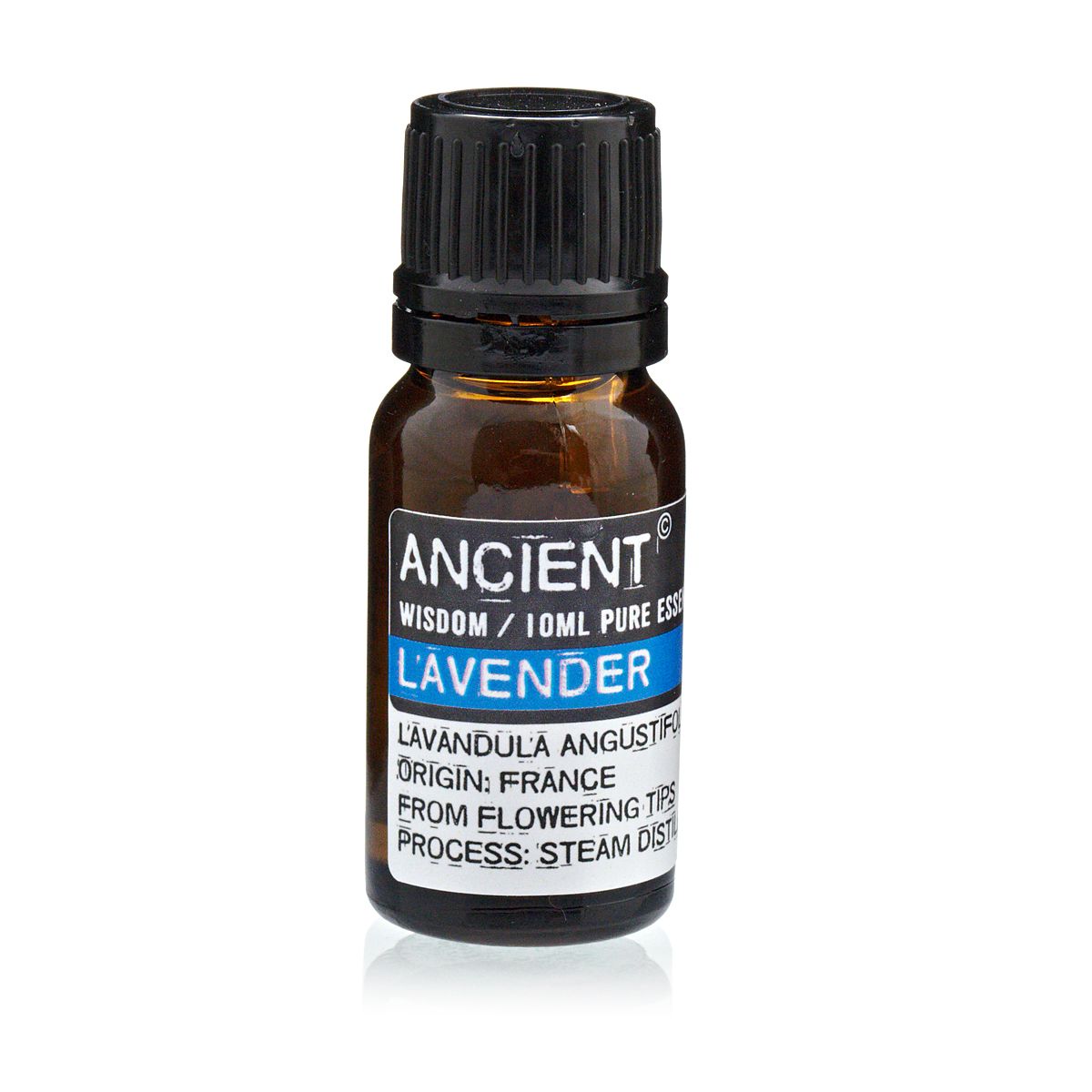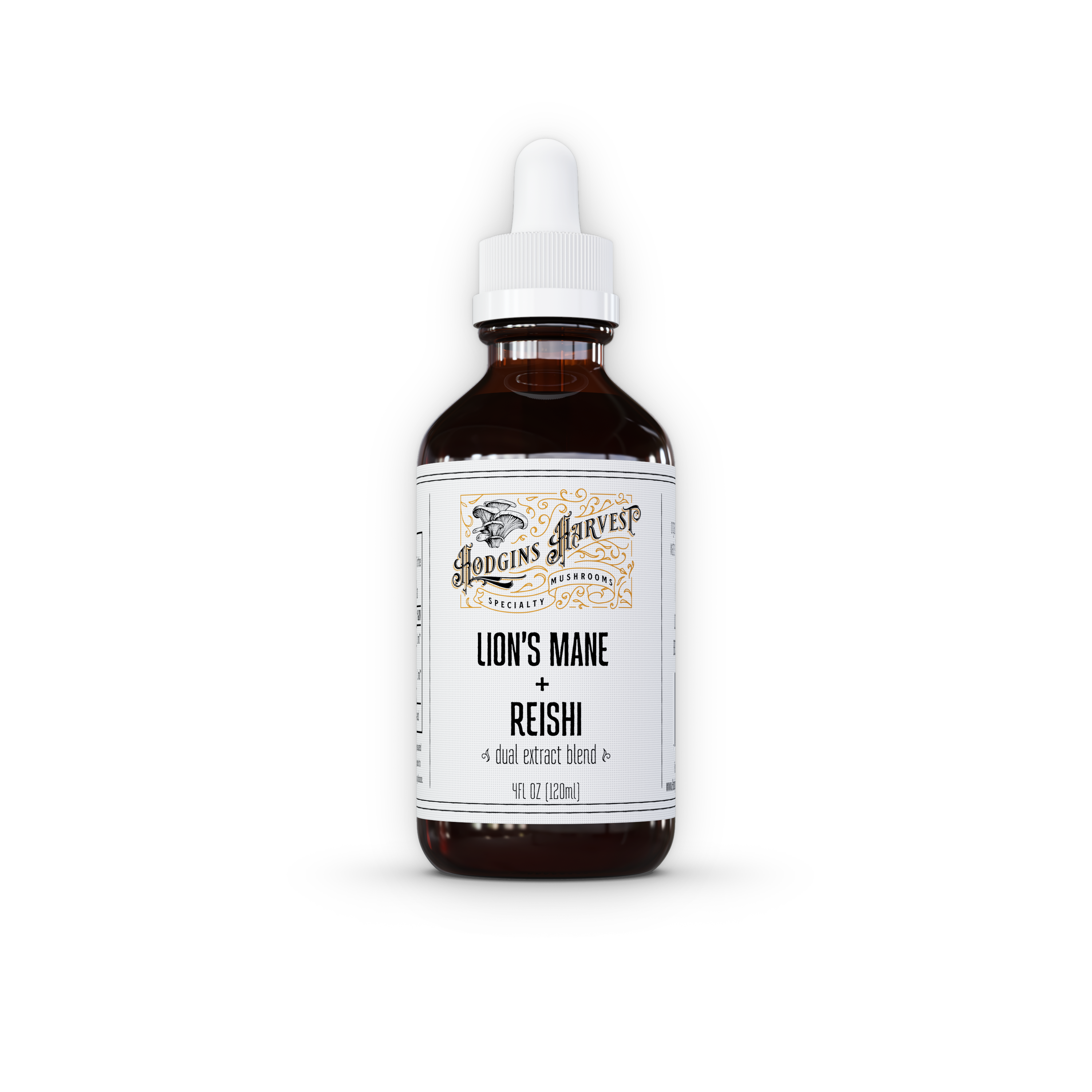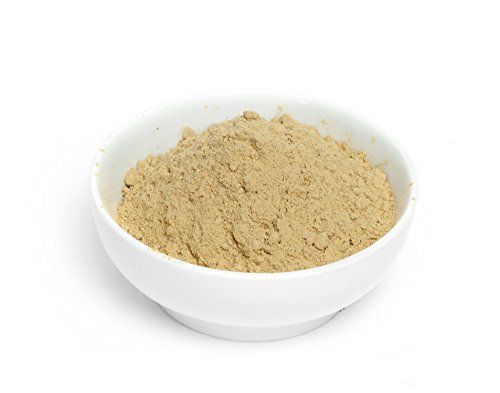
Throughout history, humans have turned to the natural elements of Earth—minerals, soils, plants, waters, and even volcanic materials—for healing and wellness. This deep-rooted belief that Earth's elements possess therapeutic properties persists across cultures and civilizations, shaping modern practices such as mineral therapy, herbal medicine, hydrotherapy, and alternative healing modalities.
But what underpins this enduring belief? Is there scientific evidence that supports the healing potential of Earth's natural elements? Let’s explore the origins, examples, and emerging research behind this fascinating aspect of natural medicine.
The Historical and Cultural Roots of Earth’s Healing Potential
Ancient civilizations, including the Egyptians, Chinese, Greeks, and Native Americans, recognized the therapeutic qualities of natural Earth elements:
- Mineral baths and hot springs: Used for centuries to treat skin conditions, arthritis, and general wellness.
- Clay and mud therapy: Applied for detoxification, skin healing, and anti-inflammatory effects.
- Herbal medicines and plant extracts: Central to traditional Chinese medicine and Ayurveda, often derived from plants grown in nutrient-rich soils.
- Crystals and gemstones: Believed to channel energy and promote healing.
These practices reflect a long-standing perspective that Earth's elements are inherently beneficial for health and disease management.
Scientific Evidence and Examples Supporting Earth's Healing Potential
1. Mineral and Mud Therapy:
Spa therapies using mineral-rich waters and mud have shown benefits in inflammatory conditions:
- Rheumatoid arthritis: A study in The Journal of Rheumatology (2016) indicated that mud therapy combined with physiotherapy reduced pain and improved function.
- Skin conditions: Clay masks containing kaolin or bentonite are used to exfoliate, detoxify, and soothe skin ailments like acne and eczema.
2. Hot Springs and Thermal Waters:
Research supports the anti-inflammatory and analgesic effects:
- Osteoarthritis: A meta-analysis in Rheumatology International (2013) found that balneotherapy with thermal waters improved joint pain and mobility.
3. Crystals and Gemstones:
Though scientific evidence remains limited, some studies explore their vibrational properties:
- Anecdotal and traditional reports suggest that crystals like quartz can influence energetic balance, which some researchers link to placebo and relaxation effects enhancing well-being.
4. Soil and Herbal Medicine:
Numerous medicinal plants grow in mineral-rich soils, absorbing trace elements that enhance their therapeutic effects:
- Medicinal herbs: Studies in Phytotherapy Research (2018) show that herbs like turmeric and ginseng, cultivated in specific soils, contain active compounds with anti-inflammatory and antioxidant properties.
5. Trace Minerals and Supplements:
Minerals like zinc, magnesium, selenium, and sulfur are essential for immune function, wound healing, and metabolic processes:
- Selenium: Research in The Cochrane Library (2017) indicates selenium supplementation can modulate immune response and reduce oxidative stress.
The Role of Herbs and Plants in Healing
Herbs and plants are some of Earth's most potent natural remedies, containing complex phytochemicals that promote health and treat disease. Their therapeutic effects often stem from their antioxidant, anti-inflammatory, antimicrobial, and adaptogenic properties.
- Turmeric (Curcuma longa): Contains curcumin, a powerful anti-inflammatory and antioxidant agent shown to reduce joint pain and support brain health.
- Ginseng (Panax spp.): An adaptogen that enhances energy, reduces stress, and improves immune function.
- Echinacea: Known for boosting immune response and reducing symptoms of colds and respiratory infections.
- Lavender and Chamomile: Widely used for their calming effects, helping reduce anxiety and promote restful sleep.
Research continues to validate many traditional uses of herbs, with modern science confirming their bioactive compounds and health benefits.
The Scientific Basis: Why Earth’s Elements and Plants Might Support Healing
- Bioavailability of Minerals and Phytochemicals: Minerals and plant compounds from Earth are necessary cofactors in the body's biochemical reactions.
- Antioxidant and Anti-Inflammatory Effects: Many plant phytochemicals and minerals reduce oxidative stress and inflammation, which are common in chronic diseases.
- Vibrational and Energy Perspectives: Though more controversial, some theories posit that Earth's energies and vibrational frequencies influence biological systems, synergizing with the biochemical effects of plants and minerals.
Emerging Research and Future Perspectives
Scientists are increasingly exploring how Earth’s elements can be integrated into modern medicine, from biomaterials to functional foods:
- Mineral-based biomaterials: Used in bone repair and regenerative medicine.
- Phytominerals: Cultivation of medicinal plants in mineral-rich soils to enhance their therapeutic compounds.
- Environmental factors: Understanding how geogenic minerals influence health and disease.
Cautions and Considerations
While Earth's elements can offer health benefits, not all are safe or appropriate for everyone:
- Contamination risks: Natural minerals can contain hazardous substances like heavy metals or toxins.
- Quality control: Products must be sourced from reputable suppliers to ensure safety.
- Medical conditions: Always consult healthcare providers before adopting mineral or Earth-element therapies.
Final Thoughts
From ancient hot springs to modern mineral supplements, Earth’s natural elements have played a vital role in health and healing. While scientific evidence supports many traditional practices—like mineral baths and herbal remedies—the full potential of Earth's elements remains an exciting frontier in integrative medicine. Harnessing nature’s gifts responsibly could continue to enrich our understanding of healing and wellness in the years ahead.










